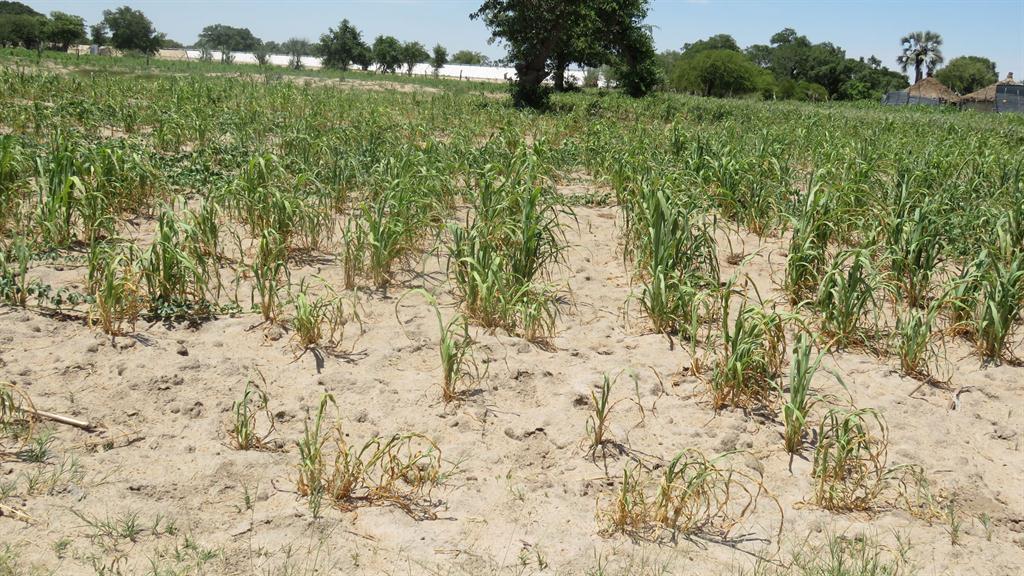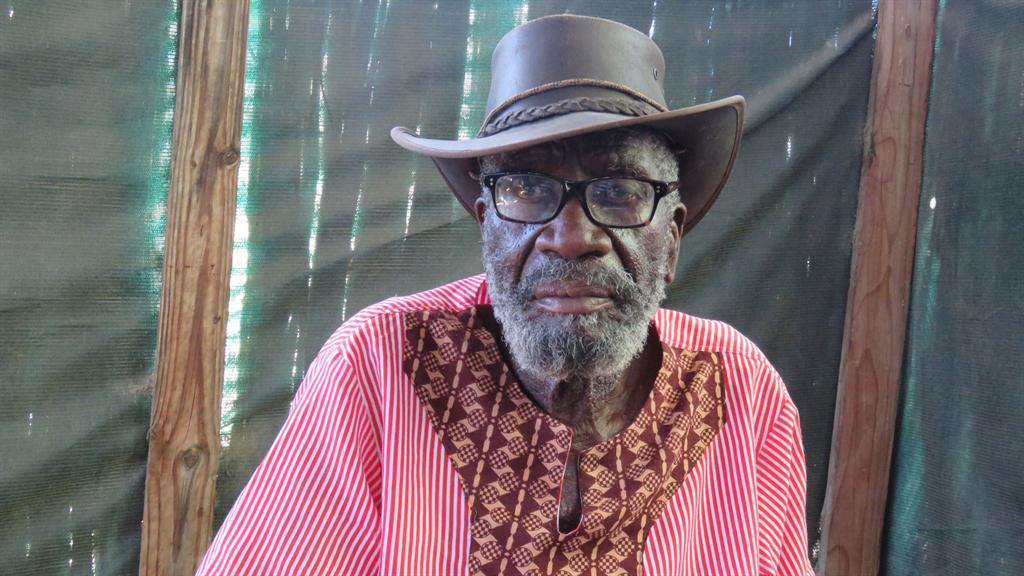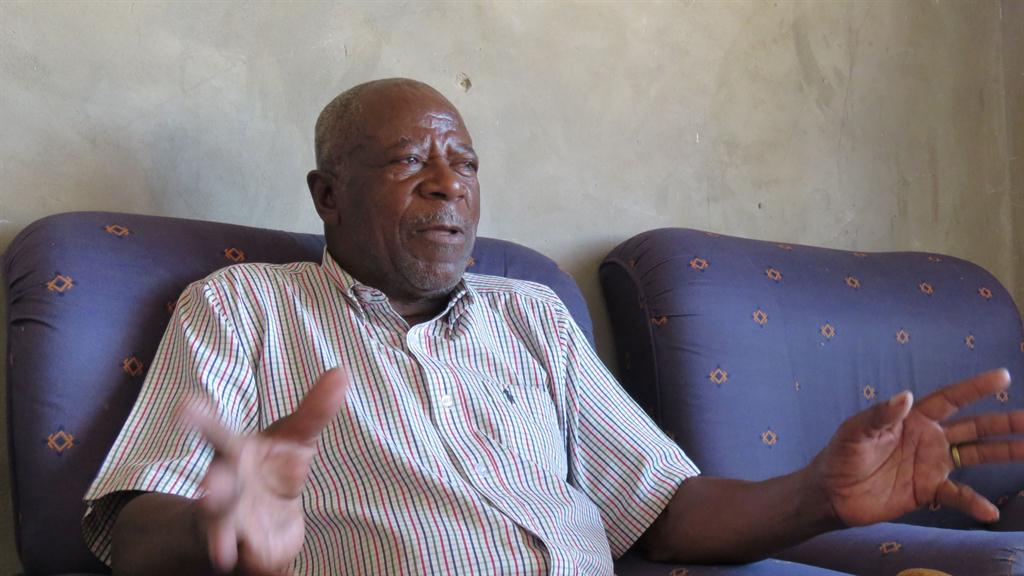The curse of the '9'
Elders in the north share their memories of severe drought years saying years ending in '9' are always dry.
Andreas Nenkavu (90) says this year’s drought reminds him of the 1939, when many of the earthen dams in the north had to be excavated by citizens by hand, under government food-for-work projects.
Historian Vilho Tshilongo and Nenkavu said years ending with nine have not been good years historically, as they have always brought drought.
They made reference to 1939, 1959, 1969 and 1989, saying drought was experienced during all these years.
“What I have experienced is that many years that end with nine are drought years. I experienced it first in 1939 when I was 10 years old. There was also drought in 1959, 1969 and 1989,” Nenkavu said.
The rainy season in Namibia normally takes place between November and March. This also the crop-growing season.
But although the country is already in the last month of the current rainy season, insufficient rain has fallen and crops are struggling to survive the hot weather, while animals have nothing to graze on.
Nenkavu, who spoke to Namibian Sun at his home at Oshinyadhila village in the Oshana Region, said he has experienced several droughts over the decades.
“As far as I can remember, we always get some years of good rain, some years of flooding and some years of drought. I never experienced a situation in which we experienced good rains for even five consecutive years.
“Over the past years we have experienced flooding, followed by a reduction in rainfall, which turned into drought this year,” Nenkavu said.
Nenkavu said during his youth, the then government used to collect mahangu from farmers, keep it in silos and hand it over to people during droughts.
He said the government of the time did not hand out this mahangu for free, but used food-for-work projects.
“Many of the earthen dams you are seeing today were excavated by people using their own hands during the drought of 1939. Local people call that year’s drought ‘ondjala yoka peleki’. These were food-for-work projects and those who were working were issued with metallic tickets that enabled them get mahangu. They used to get mahangu every day after work because that year there was no food at all,” Nenkavu said.
He said this is how people survived and many earthen dams were excavated around the former Ovamboland. He said these dams were crucial for human and livestock during dry seasons.
He added in 1959 all the northern areas did not receive rainfall and many people had to buy mahangu at Okalongo, while in 1946 only Ondonga areas did not receive rainfall.
Tshilongo, who spoke to Namibian Sun at his home at Elim in the Omusati Region, said many of the droughts recorded in history books took place during years ending with nine.
“According to the history books, sometimes rain would start off so well in November, but come January, there was no rain and crops and grass would dry up. People and livestock would then suffer hunger,” Tshilongo said.
“People and animals do not really suffer during the drought year, but they always suffer the following year. This year people and animals may have enough food from last year, but what about next year? Will there be enough to eat?”
Nenkavu said people must be ready for one of the worst droughts ever.
He said that rain might come, but it is already too late for the grass and crops to mature.
ILENI NANDJATO
Historian Vilho Tshilongo and Nenkavu said years ending with nine have not been good years historically, as they have always brought drought.
They made reference to 1939, 1959, 1969 and 1989, saying drought was experienced during all these years.
“What I have experienced is that many years that end with nine are drought years. I experienced it first in 1939 when I was 10 years old. There was also drought in 1959, 1969 and 1989,” Nenkavu said.
The rainy season in Namibia normally takes place between November and March. This also the crop-growing season.
But although the country is already in the last month of the current rainy season, insufficient rain has fallen and crops are struggling to survive the hot weather, while animals have nothing to graze on.
Nenkavu, who spoke to Namibian Sun at his home at Oshinyadhila village in the Oshana Region, said he has experienced several droughts over the decades.
“As far as I can remember, we always get some years of good rain, some years of flooding and some years of drought. I never experienced a situation in which we experienced good rains for even five consecutive years.
“Over the past years we have experienced flooding, followed by a reduction in rainfall, which turned into drought this year,” Nenkavu said.
Nenkavu said during his youth, the then government used to collect mahangu from farmers, keep it in silos and hand it over to people during droughts.
He said the government of the time did not hand out this mahangu for free, but used food-for-work projects.
“Many of the earthen dams you are seeing today were excavated by people using their own hands during the drought of 1939. Local people call that year’s drought ‘ondjala yoka peleki’. These were food-for-work projects and those who were working were issued with metallic tickets that enabled them get mahangu. They used to get mahangu every day after work because that year there was no food at all,” Nenkavu said.
He said this is how people survived and many earthen dams were excavated around the former Ovamboland. He said these dams were crucial for human and livestock during dry seasons.
He added in 1959 all the northern areas did not receive rainfall and many people had to buy mahangu at Okalongo, while in 1946 only Ondonga areas did not receive rainfall.
Tshilongo, who spoke to Namibian Sun at his home at Elim in the Omusati Region, said many of the droughts recorded in history books took place during years ending with nine.
“According to the history books, sometimes rain would start off so well in November, but come January, there was no rain and crops and grass would dry up. People and livestock would then suffer hunger,” Tshilongo said.
“People and animals do not really suffer during the drought year, but they always suffer the following year. This year people and animals may have enough food from last year, but what about next year? Will there be enough to eat?”
Nenkavu said people must be ready for one of the worst droughts ever.
He said that rain might come, but it is already too late for the grass and crops to mature.
ILENI NANDJATO







Comments
Namibian Sun
No comments have been left on this article